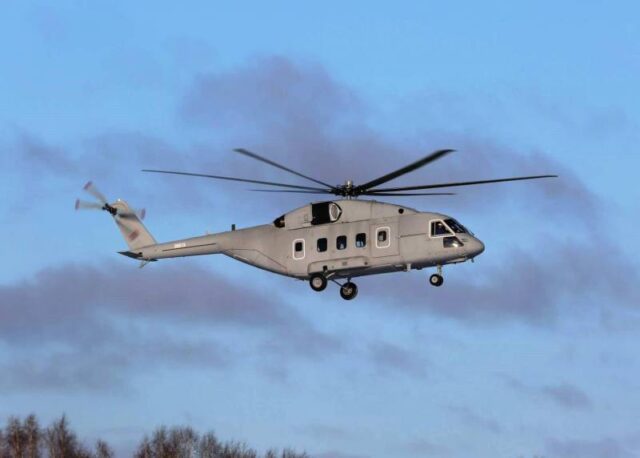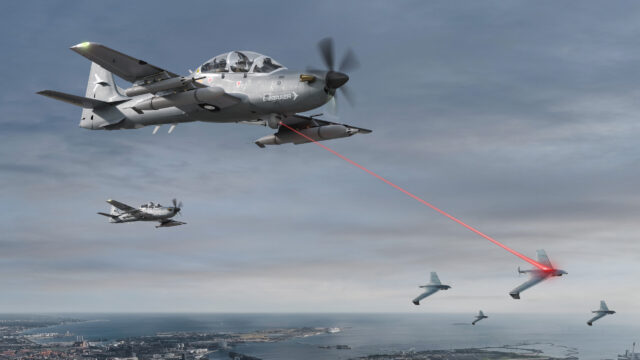UK won’t stop sending F-35 parts to Israel despite global pressure

October 1, 2025

While the United Kingdom government has suspended around 30 arms export licences to Israel, it has refused to block the export of F-35 components. Stopping F-35 component exports could lead to a long-lasting and damaging rupture with Washington.
UK refuses to stop supply of F-35 parts to Israel
Amid widespread accusations of Israel breaking international law in the Gaza Strip, a number of contributors to the F-35 program, including the Netherlands, have suspended the sale of F-35 components to Israel.

But while the UK has suspended around 30 out of a total of 350 arms export licences to Israel in September 2024, it has refrained from blocking the sale of F-35 parts. The UK is the largest foreign contributor to the F-35 program and is its only Tier 1 partner. The UK contributes around 15% of every F-35 produced.
In September 2025, Air Force Technology reported the UK reaffirmed it would continue to supply F-35 parts to Israel, even as it took the step to join a wave of countries in recognizing the state of Palestine.
An American jet with allied participation
The United States developed the F-35 fighter jet to serve the needs of its Air Force, Navy, Marine Corps, and key allies. While its development was an overwhelmingly American endeavour, it allowed key allies to participate in the programme, chief among which is the United Kingdom.
The UK is responsible for around 15% of the aircraft. This includes Martin Baker producing the ejection seats, Rolls-Royce providing the LiftFan system (for the F-35B variant), and many other British contractors.

By far the biggest British contractor in the program is BAE Systems, which is one of only two principal partners (the other being Northrop Grumman). The prime contractor is Lockheed Martin.
BAE Systems writes much of the source code, builds the rear fuselage, provides parts for the horizontal and vertical tails, contributes to the electronic warfare, and much more.
While the US may be able to shrug off a smaller contributor like the Netherlands halting the supply of components, the same is not true of the UK. Under the JSF Memorandum of Understanding (MOU), it is agreed that export decisions ultimately rest with the US.
The Israel Ministry of Defense and the IDF will acquire a third squadron of “Adir” F-35 aircrafts: 25 aircrafts manufactured by @LockheedMartin will be purchased from the US government. pic.twitter.com/mkVaY5qpiV
— Ministry of Defense (@Israel_MOD) July 2, 2023
The F-35 is dependent on irreplaceable British components. Cutting those off in their entirety would hobble F-35 production for the near and perhaps medium term before the US industry found costly ways to cut the UK out of the supply chain. The rumoured F-35 ‘kill switch’ runs in both directions from an industrial point of view.
The UK halting deliveries of components (even if restricted to F-35s for Israel) is a move that would likely cause outrage in Washington.
Israel mostly using F-16s and F-15s over Gaza
While the F-35 is used extensively over Gaza, it is only conducting a minority of strikes. The F-35 is a high-end platform best suited to penetrating and destroying enemy air defence, throwing open the door for networked fourth-generation jets to exploit. Gaza has no such air defence.

According to FlightGlobal, the bulk of Israel’s fighter jet fleet is made up of F-16s (around 174 in service) and F-15s (around 66 in service). The country is believed to now have 39 F-39s in service, around 15% of its overall fleet. Very few of the components in the F-16s and F-15s are British. Even so, according to the UK Defence Journal, the UK was able to exercise a de facto veto on the sale of F-16s to Argentina for many years.
Three “Adir” (F-35I) fighter jets, manufactured by @LockheedMartin, landed last week at Nevatim Airbase.
— Israeli Air Force (@IAFsite) March 16, 2025
The three jets will join the IAF and the 116th Squadron, bearing the IAF insignia.
The expansion of the “Adir” fleet significantly enhances the lethal capabilities of the IAF. pic.twitter.com/6H01XnEKy6
The estimated sortie rates and share of ordnance roughly follow the fleet size of these aircraft. The F-16 is carrying out 50% or more of the missions and dropping the most ordnance. The F-15’s share of ordnance rises relative to its sortie rate, as it is the largest of the three aircraft able to haul the biggest payload.
Even if the UK were to stop the supply of components for the F-35, it is unclear if it would make much difference in Gaza directly. Instead, it might cause more concern in Israel about other higher-end conflicts where the F-35’s advanced capabilities are needed.
















